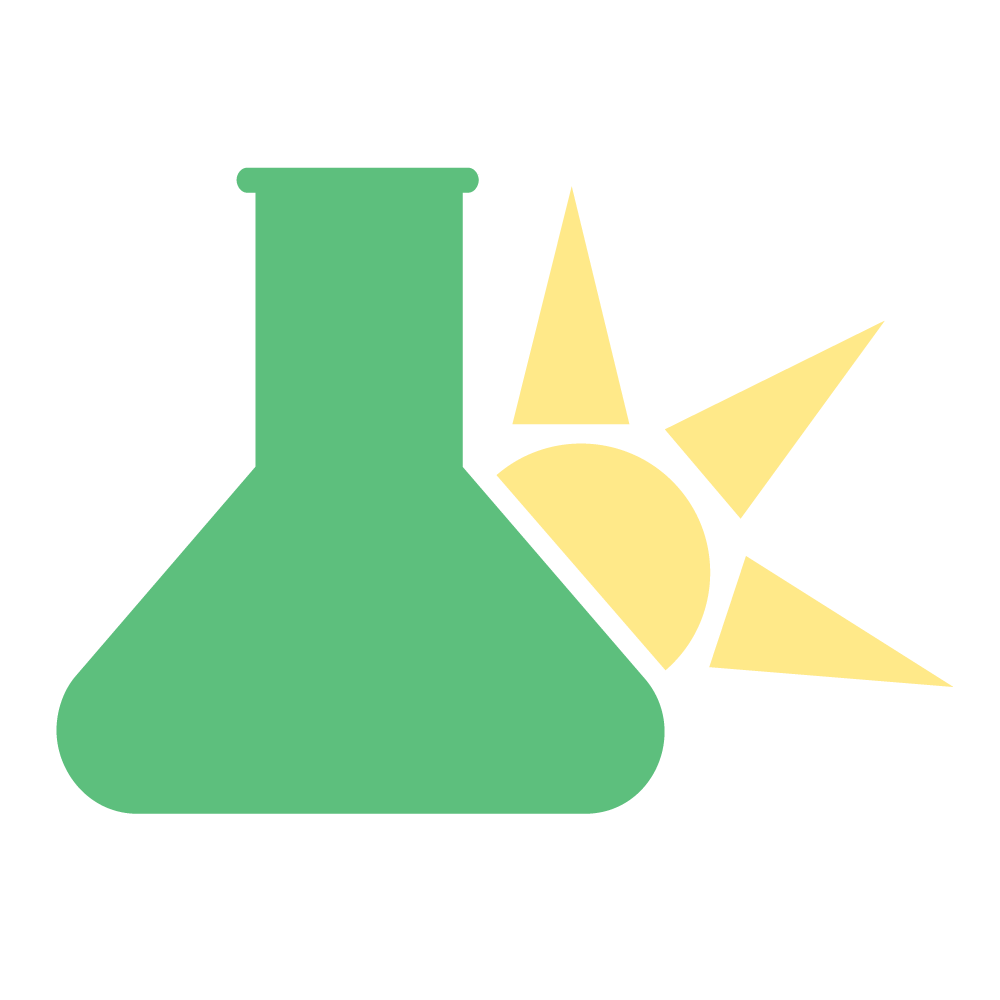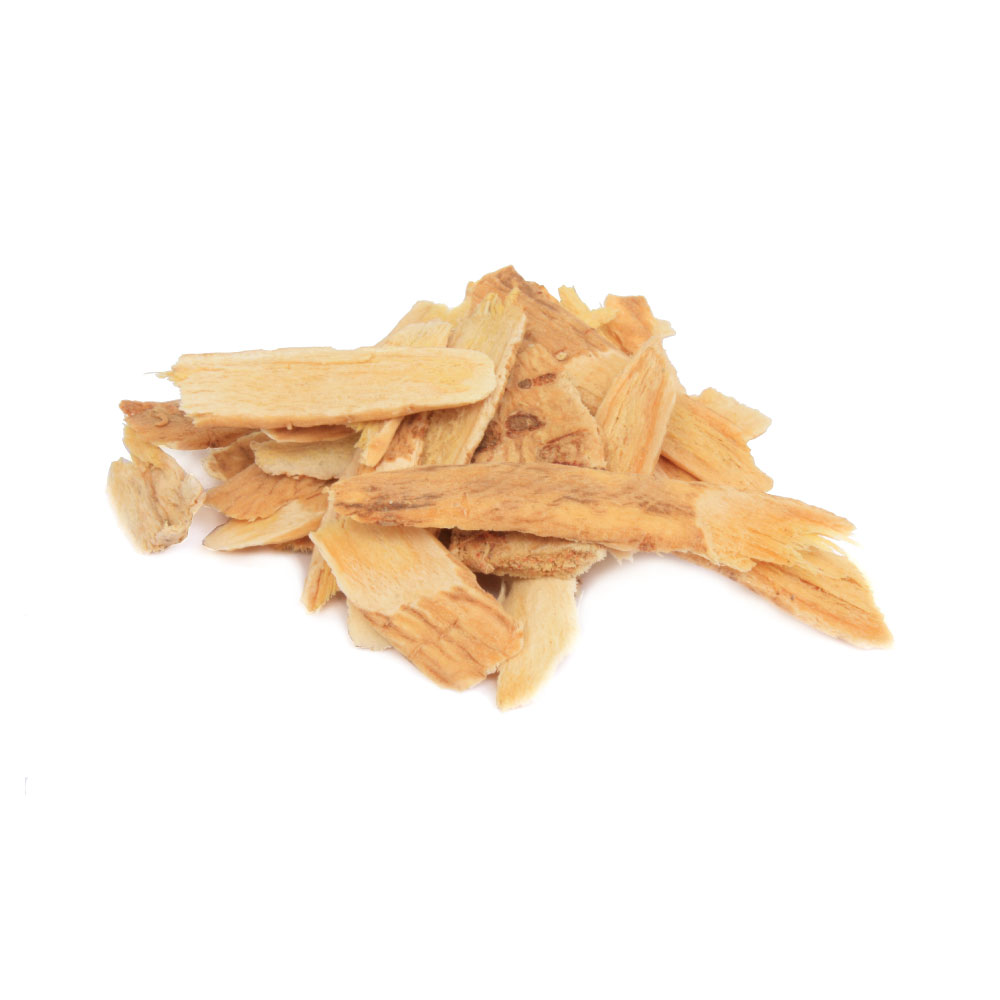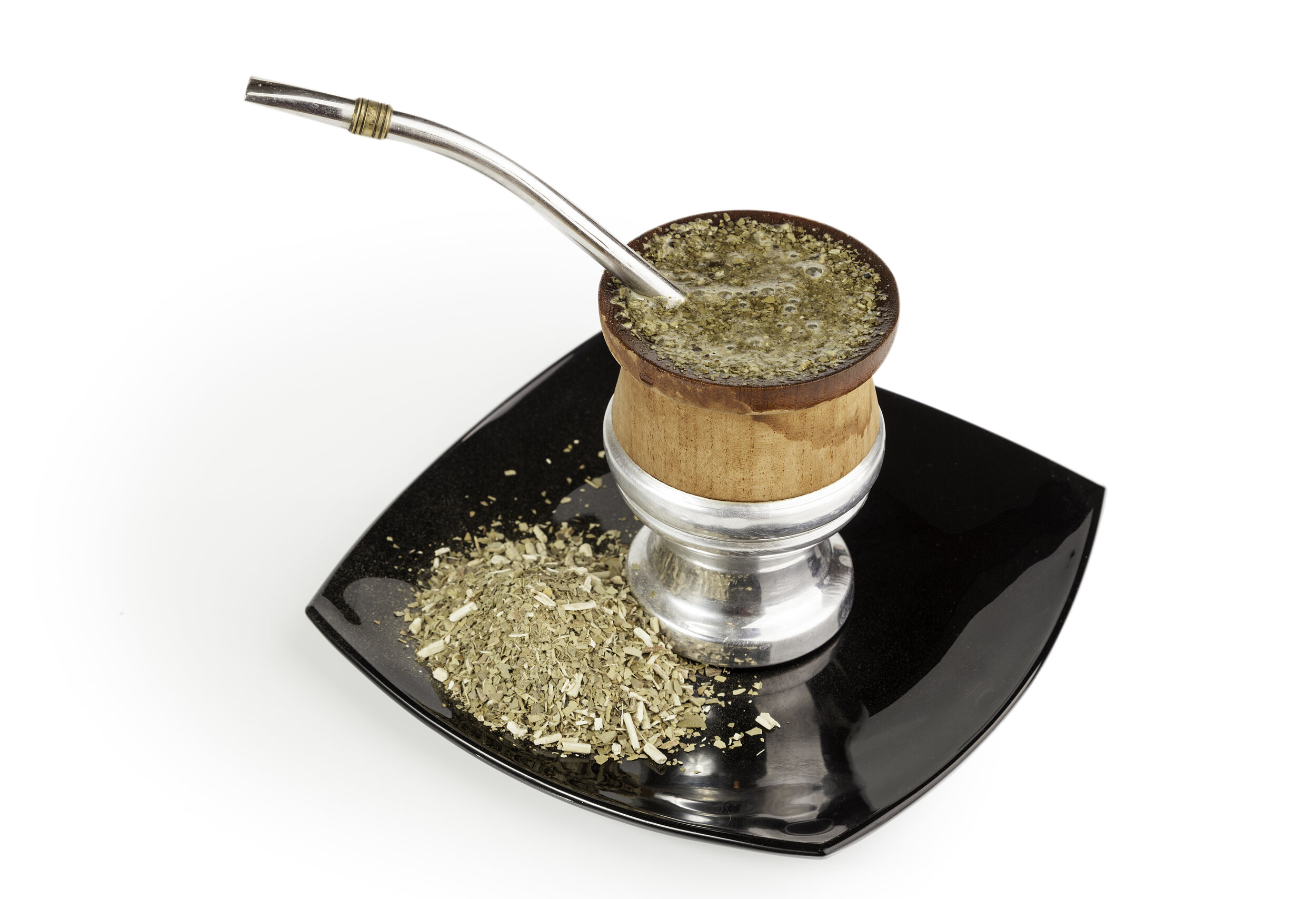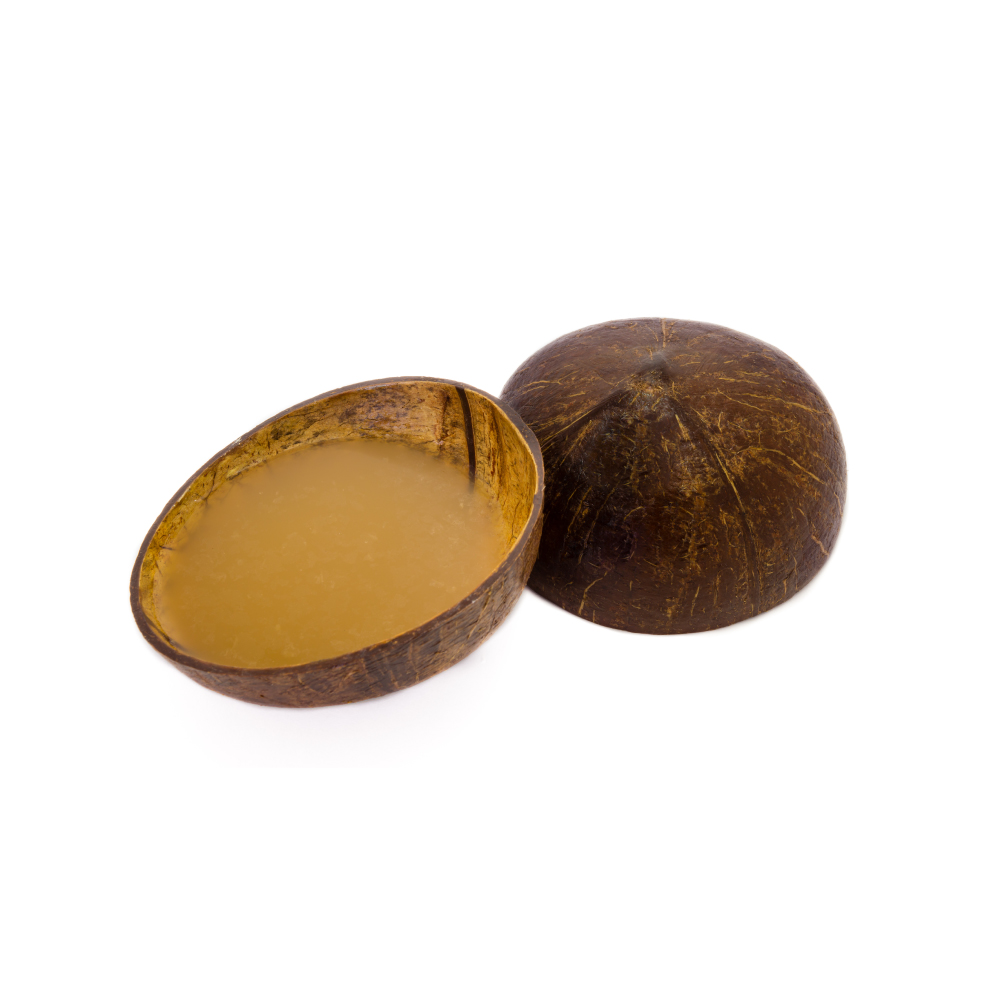Passionflower has many uses and comes in many different varieties. The herb is mainly used for supporting anxiety and sleep but has a long list of other applications as well.
Astragalus (Astragalus membranaceus)
What is Astragalus?
Astragalus (aka milkvetch) is a member of the legume family — which makes it a relative of peanuts, peas, and soy.
This medicinal herb is common in both Western and Eastern herbal medicine. It has a long history of use for immune-related conditions for conditions of immune-excess (such as autoimmunity) as well as deficiency (during infection or immunodeficiencies).
Today, the most common use of the herb if for its benefits on immunity and cardiotonic. Astragalus supplements are used as a prophylaxis for infection (especially of the respiratory tract), and as a daily tonic for promoting overall vitality and stamina.
What is Astragalus Used For?
Astragalus has many uses as a respiratory tonic, but the most common application of the herb in modern herbal medicine is for boosting or modulating the immune system.
It’s popular for use with various forms of immunodeficiency, including viral and bacterial infection (prophylaxis), and as an adjunctive cancer treatment.
The immune-boosting effects of this herb isn’t one-directional — astragalus is also useful for immune excess, such as with autoimmunity or allergic reaction.
Many people use astragalus as a general health supplement for preventing cold or flu, or to enhance cardiovascular function, vitality, and overall stamina.
Other uses include, hepatitis, diarrhea, hypertension, diabetes, and Lyme Disease (not late stage).
Herb Details: Astragalus
Herbal Actions:
- Adaptogen
- Antioxidant
- Antiviral
- Cardiotonic
- Diuretic
- Hepatoprotective
- Hypotensive
- Immunomodulator
- Immune Stimulant
Dosage
- (1:1 Liquid Extract)
20 – 40 mL - View Dosage Chart
Part Used
- Root
Family Name
- Leguminosae
Distribution
- Eastern Asia
Constituents of Interest
- b-Glucans
- Astragalosides
- Formononetin
- Gamma-aminobutyric acid
Common Names
- Astragalus
- Milk-Vetch Root
- Huang Qi (China)
- Hwanggi (Korea)
- Ogi (Japan)
CYP450
- Unknown
Quality
- Warm and moist
Pregnancy
- No reported side effects during pregnancy — but not proven safe either.
Taste
- Sweet
Duration of Use
- Long-term use is acceptable with periodic breaks.
Botanical Information
Astragalus is a large genus containing over 3000 individual species. All species within this genus are either small, herbaceous plants, or mid to large shrubs.
The astragalus genus is a member of the legume family — making it a close relative of peas, peanuts, and soy bean.
The primary species used as medicine is Astragalus membranaceus, which originated from Eastern Asia in mountainous regions of China and Mongolia, but have since spread all over the world.
Pharmacology & Medical Research
Longevity
An extract of a closely-related species, Astragalus membranaceus (synonym A. propinquus), called TA-65 was shown to activate telomerase [3] — which is one of the primary targets for longevity-enhancement medications.
Phytochemistry
Astragalus is rich in saponins (such as cycloastragenol and astragalosides), polysaccharides (astroglucans A-C), flavonoids, phytosterols, volatile oils, asparagine, choline, betaine, gluconic acid, beta-sitosterols, amino acids (including GABA), trace elements (zinc, copper, magnesium, manganese, calcium, potassium, sodium, cobalt, rubidium, molybdenum, chromium, vanadium, tin, and silver).
Cautions & Safety
Astragalus is widely considered a safe herb, even over long periods of time or in high doses.
Traditional medical systems (such as TCM) suggest you should avoid using the herb at the acute onset stage of respiratory or sinus infection — focusing instead on using the herb before or after infection takes place. TCM also suggests avoiding the use of astragalus with signs of heat or yin deficiency.
This herb is contraindicated during the later stages of lyme disease.
Astragalus should be avoided in combination with immunosuppressive medications and after organ transplant.
Author:
Justin Cooke, BHSc
The Sunlight Experiment
Recent Blog Posts:
Popular Herbal Monographs
References
Fish Mint (Houttuynia cordata)
What is Houttuynia?
Houttuynia is a Southeast Asian herb that’s spread all over the world as an invasive species. It’s common name “fish mint” refers to the strong fish-like aroma of the essential oil content. This characteristic flavor makes the herb useful as a flavoring in various dishes.
The fishy roots of the herb are also eaten as a vegetable in some Asian dishes.
Houttuynia is one of the most relevant herbs at the moment in the search for potential sources of medicine against the COVID-19 virus.
This herb has potent antiviral activity — shown to be active against SARS, as well as other coronaviruses, influenza, herpes type I and II, HIV, Dengue, and Chikungunya virus.
What is Houttuynia Used For?
Houttuynia is primarily used for bacterial and viral infections of the respiratory tract. It’s considered most effective if taken prophylactically, but may provide use during infection as well to slow the spread of the disease.
Other applications of the herb are for its diuretic effects, anti-allergic effects, anti-inflammatory actions, and for diabetes.
Traditional Uses of Houttuynia
In Southeast Asia, where houttuynia thrives, the leaves are used in a lot of local culinary dishes. The leaves have a characteristic “fishy” flavor and aroma that lend itself to some dishes as a garnish or spice. In parts of China, the roots are eaten in a dish called Zhé'ěrgēn.
Medicinally, fish mint has had a long history of use in Japan, Korea, China, and Vietnam for a wide range of conditions.
The leaves of the fish mint plant were traditionally used for the following:
Digestive issues
Insect bites
Hypertension
Constipation
Hyperglycemia
Influenza or other viral infections
Pneumonia
Kidney disorders
Inflammation of the urinary tract
Cough
Insect repellant
Topically, the herb was used for sores, carbuncles, and inflammation.
In traditional Chinese medicine the herb was used to reduce heat.
Herb Details: Houttuynia
Herbal Actions:
- Antiviral
- Diuretic
- Antibacterial
- Anti-Anaphylactic
- Anti-Allergy
- Antinflammatory
- Febrifuge
Weekly Dose
- (1:30 Decoction)
15 – 30 Grams - View Dosage Chart
Part Used
Aerial Parts
Roots Are Eaten as a Vegetable
Family Name
Saururaceae
Distribution
Southeast Asia
Constituents of Interest
- β-myrcene
- 2-undecanone
Common Names
- Fish Mint
- Chameleon Plant
- Houttuynia
- Chinese Lizard Tail
- Bishop's Weed
- Diếp cá (Vietnam)
- Yu Xing Cao (China)
CYP450
- Unknown
Quality
- Cold
Pregnancy
- Avoid houttuynia if pregnant or breastfeeding
Taste
- Pungent
Duration of Use
- Long-term use should be avoided (more than 2 months)
Botanical Information
Houttuynia is a member of the Saururaceae family of plants — which is often referred to as the lizards table family because of the characteristic tail-like appearance of the flower spikes.
There are only two members of the Houttuynia genus — Houttuynia cordata and Houttuynia emeiensis.
Despite the common name “fish mint” houttuynia has no relation to the mint family of plants.
All parts of the plant posess a unique flavor and aroma — which is best described as having a raw fish aroma, with some hints of citrus, lemon, sandalwood, or coriander.
There are reportedly two varieties of fish mint:
Japanese Fish Mint — has more of a citrus aroma & flavor
Chinese Fish Mint — has a fishy and coriander aroma & flavor
The leaves of the fish mint plant are heart-shaped, which can range from being dark green to light pink. The underside of the leaves has a purple hue. Some of the ornamental cultivars come in a wide variety of different color combinations.
Cultivation, Harvesting & Preparation
Houttuynia prefers growing in shady, moist environments and can even grow while slightly submerged in water. You can often find this herb growing nearby streams, and in deep forests. This herb is very resourceful and can be very difficult to get rid of.
Once houttuynia finds an area it likes it will take over completely — causing many regions to classify it as a potential threat to the environment.
It’s considered an invasive weed in places such as the United States, Australia, various pacific islands, and South America. It reportedly thrives in USDA Zones 5a to 9b.
In Asia, the herb can be found growing anywhere from sea level to around 2500 meters in altitude.
Fish mint loves water, so make sure to keep this one wet at all times. As long as the leaves remain above the water-level the plant will continue to thrive.
This herb is a perennial, growing up to 1 meter in height and spreading out in a 1 meter radius. It primarily spreads with the help of adventitious roots that creep along the moist soil of the rainforest bottom.
propagating the plant is best done from cuttings. The seeds of the plant are usually sterile.
Pharmacology & Medical Research
+ SARS-CoV 1 & 2
SARS (Severe Acute Respiratory Syndrome) is a life-threatening form of pneumonia caused by the SARS-CoV-1 virus. It began spreadin in late 2002 to 2003 from patient 0 in China. The disease eventually spread to over 8000 people around the world. As the world scrambled to find treatment, houttynia was shortlisted by Chinese researchers.
During this research, houttuynia was found to increase the proportion of CD4+ and CD8+ T cells [5].
CD4+ T-helper cells play a critical role in the adaptive immune system when dealing with bacterial or viral infections. These cells then pass along information to CD8 cytotoxic cells that can use three separate mechanisms to attack and kill the infection once identified.
The same study also showed houttuynia extract increased IL-2 and IL-10 activity — both of which are critical components in the adaptive immune response necessary to fight viral infection.
This study also looked at the direct effects of houttuynia extract on the SARS virus. The study found the extract had an inhibitory effect on SARS-CoV 3C-like protease (3CLpro) and RNA-dependent RNA polymerase (RdRp).
3C-like protease and SARS-CoV are both critically important for the life-cycle of the virus. These are two areas deemed critically important target in the search for potential prevention or treatment of the virus.
Now, in 2020, another closely related virus is currently causing a pandemic around the globe — SARS-CoV-2 (AKA COVID-19). As a result, houttuynia is being re-investigated as the world seeks to find a potential cure for the new and deadly virus.
+ Other Antiviral Activity
Houttuynia has been the subject of study for dozens of human and animal viruses — many of which the herb has shown primising inhibitory effects:
- Chikungunya virus [9]
- Human Immunodeficiency virus type 1 (HIV-1) [10]
- Herpes Simplex Virus type 1 (HSV-1) [10]
- Herpes Simplex Virus Type 2 (HSV-2)
- Influenza Virus [10]
- Enterovirus-71 [11]
- Dengue Virus Type 2 [12]
+ Antibacterial Activity
Houttuynia has a long history of use for treating respiratory tract infections of both viral and bacterial causes. This has prompted a lot of researcher to look at the effects of the herb on bacterial infections — particularily those developing resistance to antibiotics such as multi-drug resistant staphylococcus aureaus (MRSA).
One study found houttuynia posessed anti-bacterial effects against MRSA through direct bacteriocidal activity (inhibition of biofilm formation) and an induction of IL-8 [6] — which is one of the first responses triggered by the body during bacterial infection.
+ Cytotoxic Effects
There are five bioactive alkaloids isolated from houttuynia that have been shown to have cytotoxic effects agains human cancer cell lines (in vitro) [1]. This was only a preliminary study but offers evidence for further investigation.
The alkaloids used in the study included:
- A-549
- SK-OV-3
- SK-MEL-2
- XF-498
- HCT-15
+ Anti-Allergic Effects
A mice study investigated the anti-allergic effects of houttuynia by exploring the potential effects of the herb to prevent anaphylaxis — a severe allergic reaction [2].
The study found hoouttuynia water extract was able to inhibit induced systemic anaphylaxis in mice, as well as local allergic reactions by reducing the degranulation of mast cells, histamine release, and calcium uptake.
The study concluded by stating that "[houttuynia] may be beneficial in the treatment of mast cell-mediated anaphylactic responses.
Another animal study showed a houttuynia water-extract had an inhibitory effect on inhibited IgE-mediated systemic passive cutaneous anaphylaxis (in mice) [4].
+ Anti-Inflammatory Effects
An animal study exploring the anti-inflammatory effects of houttuynia found the volotile oil extract of the plant had an inhibitory effect on PGE2 — a potent inflammatory cytokine produced via the COX-2 enzyme [3]. This is the main inflammatory mediator inhibited by such medications as acetyl-salycilic-acid (Aspirin).
The same study also found houttuynia volotile oil reduced other key inflammatory messengers including nitric oxide (NO) and TNF‐α.
+ Effects of Houttuynia on Diabetes
An animal study on diabetic rats given houttuynia found the herb had protective effects on the pancreatic beta-cells through an upregulation of GLUT-4 and potential antioxidant activity [7].
The beta-cells are tasked with producing the body's insulin supply. As blood glucose levels rise, the glucose can damage sensitive tissues such as the beta-cells in the pancrease — leading to a further reduction of insulin activity and worsening of hyperglycemia.
GLUT-4 is the insulin-mediated transporter on the surface of our cells. Insulin binds to GLUT-4 to pull glucose molecules inside where they're converted into energy.
Phytochemistry
+ Essential Oil Content
- 2-undecanone (methyl nonyl ketone)
- Myrcene
- Houttuynin (decanoyl acetaldehyde/3-oxo-dodecanal)
- Decanal
- (E)-caryophyllene
- Decanoic ac id
- Camphene
- β-pinene
- Lauraldehyde
- Bornyl acetate
- α-pinene
- Limonene
- 4-terpineol
- Caryophyllene oxide
- Nonanol
- linalool
Source: [8]
Cautions & Safety Information:
Houttuynia has been reported to cause severe allergic reactions in some people.
Avoid using this herb if pregnant or breastfeeding. There is not enough evidence to prove the herb is safe during pregnancy.
Recent Blog Posts:
References:
Kim, S. K., Ryu, S. Y., No, J., Choi, S. U., & Kim, Y. S. (2001). Cytotoxic alkaloids fromHouttuynia cordate. Archives of pharmacal research, 24(6), 518-521.
Li, G. Z., Chai, O. H., Lee, M. S., Han, E. H., Kim, H. T., & Song, C. H. (2005). Inhibitory effects of Houttuynia cordata water extracts on anaphylactic reaction and mast cell activation. Biological and Pharmaceutical Bulletin, 28(10), 1864-1868.
Li, W., Fan, T., Zhang, Y., Fan, T., Zhou, P., Niu, X., & He, L. (2013). Houttuynia cordata Thunb. Volatile Oil Exhibited Anti‐inflammatory Effects In Vivo and Inhibited Nitric Oxide and Tumor Necrosis Factor‐α Production in LPS‐stimulated Mouse Peritoneal Macrophages In Vitro. Phytotherapy Research, 27(11), 1629-1639.
Han, E. H., Park, J. H., Kim, J. Y., & Jeong, H. G. (2009). Houttuynia cordata water extract suppresses anaphylactic reaction and IgE-mediated allergic response by inhibiting multiple steps of FcεRI signaling in mast cells. Food and chemical toxicology, 47(7), 1659-1666.
Lau, K. M., Lee, K. M., Koon, C. M., Cheung, C. S. F., Lau, C. P., Ho, H. M., ... & Tsui, S. K. W. (2008). Immunomodulatory and anti-SARS activities of Houttuynia cordata. Journal of Ethnopharmacology, 118(1), 79-85.
Sekita, Y., Murakami, K., Yumoto, H., Mizuguchi, H., Amoh, T., Ogino, S., ... & Kashiwada, Y. (2016). Anti-bacterial and anti-inflammatory effects of ethanol extract from Houttuynia cordata poultice. Bioscience, biotechnology, and biochemistry, 80(6), 1205-1213.
Kumar, M., Prasad, S. K., Krishnamurthy, S., & Hemalatha, S. (2014). Antihyperglycemic activity of Houttuynia cordata Thunb. in streptozotocin-induced diabetic rats. Advances in pharmacological sciences, 2014.
Verma, R. S., Joshi, N., Padalia, R. C., Singh, V. R., Goswami, P., Kumar, A., ... & Saikia, D. (2017). Chemical Composition and Allelopathic, Antibacterial, Antifungal, and Antiacetylcholinesterase Activity of Fish‐mint (Houttuynia cordataThunb.) from India. Chemistry & biodiversity, 14(10), e1700189.
Juniper (Juniperus communis)
Tea (Camellia sinensis)
Stevia (Stevia rebaudiana)
Manuka (Leptospermum scoparium)
What is Manuka?
In New Zealand, where manuka trees grow, the Maori consider male tea tree plants "Kanuka" and the female plants "Manuka". The plant is regarded very highly in this culture as a medicinal species.
The most well-known form of manuka is in manuka honey. This is a honey made by bees feasting primarily on manuka bushes. The honey has an impressive antibacterial profile when made from these plants. This is also reflected in the herb itself, which has been shown to have potent antibacterial, anti-fungal, and antiviral activity.
Most of the medicinal benefits of the plant come from its essential oil content, which can vary a lot depending on the region the plant was grown in.
What is Manuka Used For?
Internally, manuka is used to treat gastrointestinal conditions like diarrhea, colic, inflammatory bowel syndrome, and dysentery. It's also used for urinary tract infection, anxiety, and cold/flu infections.
Manuka is used topically for its antibacterial, and vulnerary actions. It's used to treat slow healing skin and bone injuries, bacterial infections, candida, and eczema. It can be gargled for gingivitis, or for general oral hygiene.
Manuka honey is another common form of the plant. It's become so popular worldwide, it's been standardised by the phenol content. This is expressed as a unique manuka factor (UMF) value set by the Active Manuka Honey Association (AMHA). Anything over UMF 5 is considered strong enough to kill MRSA.
Herb Details: Manuka
Herbal Actions:
- Anti-inflammatory
- Antibacterial
- Antifungal
- Antispasmodic
- Anxiolytic
- Diaphoretic
- Diuretic
- Febrifuge
- Sedative
- Astringent
Weekly Dose
- (1:2 Liquid Extract)
20-65 mL - View Dosage Chart
Part Used
- Leaves, Flowers, Bark
Family Name
- Myrtaceae
Distribution
- New Zealand
Constituents of Interest
- Leptospermone
- Sesquiterpenes
- Tannins
- Citronellal
Common Names
- Manuka
- Tea Tree
- New Zealand Tea Tree
Quality
- Neutral-Warm
Pregnancy
- Unknown
Taste
- Spicy
Duration of Use
- Long term use is acceptable, but should be taken away from food.
Botanical Information
Manuka is a member of the Myrtaceae family of plants. This family contains as many as 133 different genera, and around 3800 different species, many of which are medicinally relevant.
Clinical Applications Of Manuka:
Manuka is useful both internally and topically. It's been shown to be an effective antibacterial agent for various forms of bacteria (including Staphylococcus). It's also an effective anti-fungal and antiviral (including HSV). The antibacterial effects were the most notable, with only some chemotypes of Manuka showing potent anti-fungal benefits.
Manuka can be used for nearly any form of bacterial infections both topically and internally, as well as wounds, ulcers, and gastrointestinal inflammation or infection. It's also useful for skin inflammation like eczema or psoriasis. The muscle relaxant effects make it useful for injuries, muscle tension, colic, and insomnia.
Cautions:
Manuka is widely considered safe and there are no common side effects of the herb.
+ Contraindications
Avoid long-term use alongside food. Tannins may impede mineral absorption.
Recent Blog Posts:
Gymnema (Gymnema sylvestre)
What is Gymnema?
Gymnema is known as "the sugar destroyer" because of its unique ability to inhibit our ability to taste sweet foods.
This quality is used to combat sugar cravings in diabetics to control blood sugar levels.
It's been used for thousands of years in India for treating conditions involving "sweet urine." This is a common symptom of diabetes as sugar diffuses into the urinary tract. Old methods of diagnosis involved tasting the urine to identify a sweet taste.
Gymnema offers a variety of unique benefits towards conditions like diabetes, including changes to the pancreatic beta-cells, responsible for releasing insulin into the blood.
Gymnema is also a diuretic, helping to clear glucose from the blood through urine (in combination with plenty of water of course).
Finally, gymnema leaves inhibit the sweet sensation on the taste buds, making food taste bland and dull, which can be used to reduce the cravings for sweet (high sugar) foods responsible for maintaining the pathophysiology of diabetes and metabolic syndromes.
What is Gymnema Used For?
Gymnema is mainly used to treat metabolic conditions like diabetes, PCOS, and metabolic syndrome. It's also used for dental carries, and poor digestion.
+ Mechanisms
- Inreases the number of insulin-secreting beta cells in the pancreas
- Decreases the perception of sweet taste on the taste buds
- Inhibits peripheral utilization of glucose by somatotrophin and corticotrophin.
Herb Details: Gymnema
Herbal Actions:
- Antidiabetic
- Hypocholesterolemic
- Suppresses Sweet Taste
- Diuretic
- Refridgerant
- Astringent
Weekly Dose
- (1:2 Liquid Extract)
25-75 mL - View Dosage Chart
Part Used
- Leaves
Family Name
- Apocynaceae
Distribution
- Southeast Asia
Constituents of Interest
- Gymnemic acids
- Gymnemasaponins
- Gurmarin
- Betaine
Common Names
- Gymnema
- The Sugar Destroyer
- Gurmar
CYP450
- CYP3A4
- CYP2C9
- CYP1A2
- CYP2D6
Quality
- Unknown
Pregnancy
- No adverse effects expected.
Taste
- Dull (Blocks sweet receptors on the tongue)
Duration of Use
- Suitable for long term use.
Botanical Information
Gymnema is a member of the Apocynaceae (dogbane) family of plants.
In the past, gymnema was included in the milkweed (Asclepiadaceae) family — but has since been changed to a subfamily category.
The Apocynaceae family now contains 5 subfamilies (Apocynoideae, Asclepiadoideae, Periplocoideae, Rauvolfioideae, and Secamonoideae).
It contains 5100 species and 366 genera. There are roughly 50 different species of Gymnema — many of which are used interchangeably.
Many plants in the Apocynaceae family are trees preferring tropical environments — except for a handful of species that prefer to grow in deserts.
Clinical Applications Of Gymnema:
Gymnema is mainly used for metabolic conditions including hyperglycemia, hyperinsulinemia, metabolic syndrome, PCOS, hypertriglyceridemia, and both type 1 and type 2 diabetes. Its diuretic and increases the number of pancreatic beta cells.
One of the more unique effects of gymnema is its ability to inhibit sweet flavor. By simply chewing on the leaves, our ability to perceive sweet flavors gradually fades away — helping to prevent excessive sugar intake in habituated individuals.
Cautions:
High saponins may cause gastrointestinal upset, caution advised with high doses.
Caution advised if taking hypoglyemic medication due to agonistic interaction.
+ Contraindications
- Caution advised with hypoglycemic drugs
Recent Blog Posts:
Iris (Iris versicolor)
What is Iris?
Iris is a misunderstood herb in many circles. It contains a set of constituents that are known to trigger nausea and vomiting — however, somewhat ironically, iris is also considered useful for treating nausea.
This herb has mild laxative qualities — thought to be due to a combination between its potent bitter constituents stimulating the flow of bile from the liver and gallbladder, and an ability to stimulate the parasympathetic nervous system. It's especially active on the liver, where it's used to treat poor digestion, liver dysfunction, and to treat skin conditions.
Other species sometimes used includes Iris caroliniana & Iris virginica.
What is Iris Used For?
Iris is used to treat skin conditions through the liver by improving elimination pathways and preventing excessive elimination and irritation through the skin. It's useful for acne, psoriasis, eczema, and rashes.
Other common uses of iris is for urinary tract infection, hypothyroidism, lymphadenopathy, and menstrual irregularities.
+ Mechanisms
- Thought to stimulate parasympathetic nervous system
- Iridin thought to induce laxative action due to irritating properties on mucus membranes
Herb Details: Iris
Herbal Actions:
- Bitter
- Pancreatic trophorestorative
- Alterative
- Antinflammatory
- Astringent
- Lymphatic
- Hepatic
- Laxative (mild)
- Diuretic
- Choleretic
- Cholagogue
Weekly Dose
- (1:2 Liquid Extract)
20–40 mL - View Dosage Chart
Part Used
- Root/Rhizomee
Family Name
- Iridaceae
Distribution
- North America
Constituents of Interest
- Furfural
- Irisin
- Salicylic Acid
- Oleo-resin, beta-sitosterols
- Beta-sitosterols
Common Names
- Iris
- Blue Flag
- Sweet Flag
- Poison Flag
- Harlequin Blueflag
Pregnancy
Avoid using iris while pregnant or breastfeeding.
Duration of Use
- Avoid long-term use in therapeutic doses.
Botanical Info:
Iris is native to North America and is common around marshes, streams, and lakes.
The Iridaceae family is named after the irises and refers to the rainbow due to the many colors of iris flowers. This family contains 66 different genera and approximately 2244 different species. Some of the other famous members of this family include Crocus spp. and Gladioli spp.
Clinical Applications of Iris
Iris has recently seen a peak in interest in the past few years, however, is still not a commonly used herb due to the presence of significant side effects. Iris is contraindicated in anything but small doses due to the mucous membrane irritant and nauseating side effects.
In small doses iris is useful for stimulating bile secretion, promoting movement in the bowels, stimulating the pancreas, and treating skin conditions arising from liver congestion.
Cautions:
Some of the constituents in fresh iris root can cause a burning sensation in the mouth and throat along with diarrhea and abdominal burning. It's considered an emetic, and mucus membrane irritant in higher doses. Use cautiously and only in smaller doses.
+ Contraindications
- Avoid high doses
- Mucus membrane irritation (IBS, IBD, etc)
- Diarrhea




























As COVID-19 continues to spread around the world, we’re getting a lot of questions on what the potential role of herbal medicine is during the outbreak. Learn how the virus works and how to limit your chances of transmission.